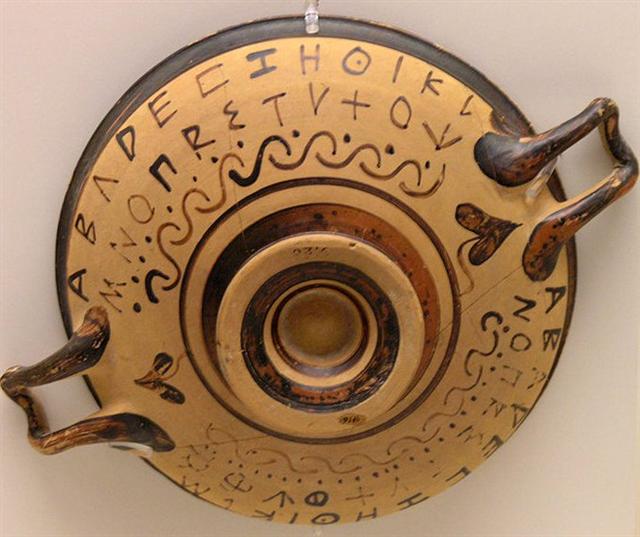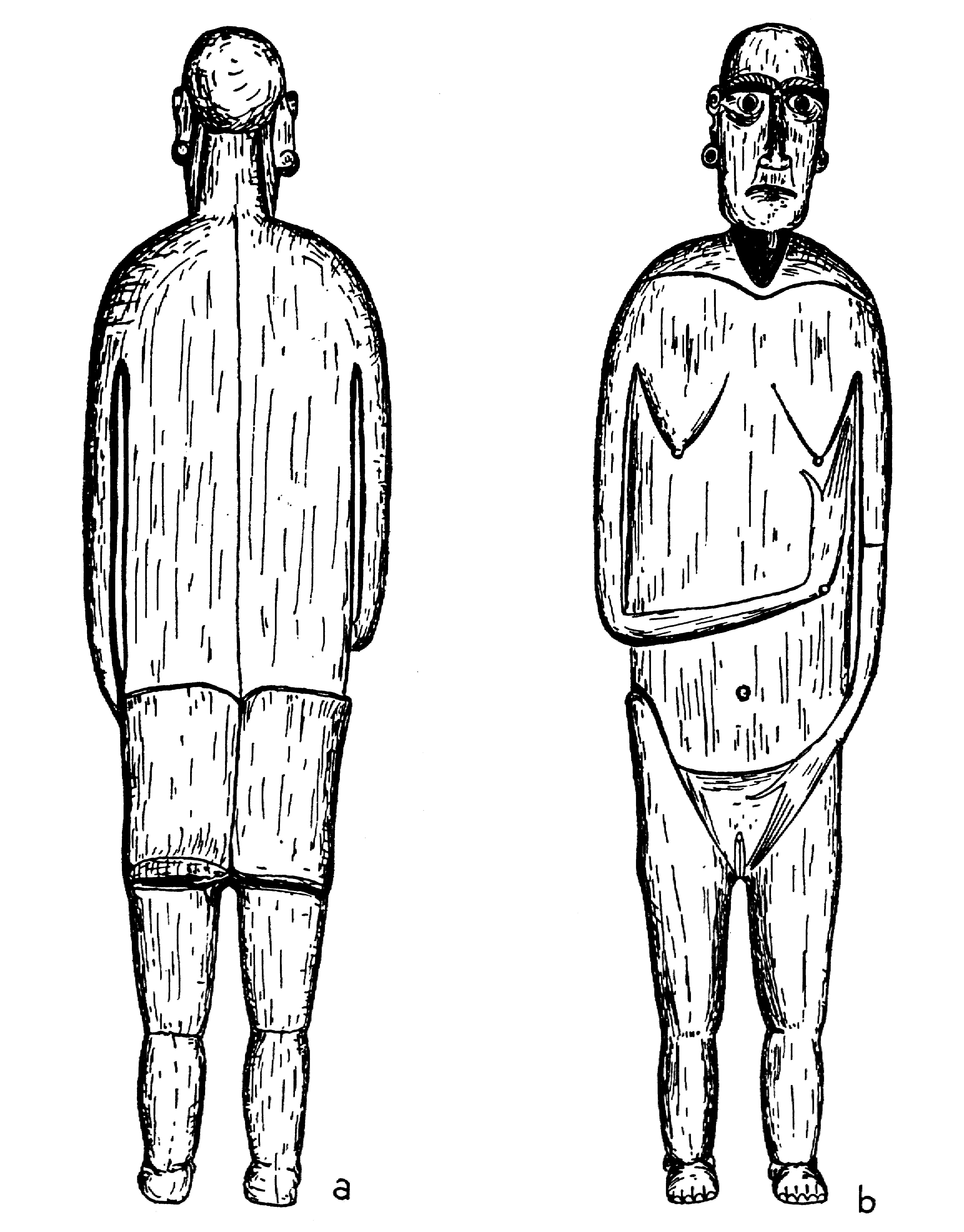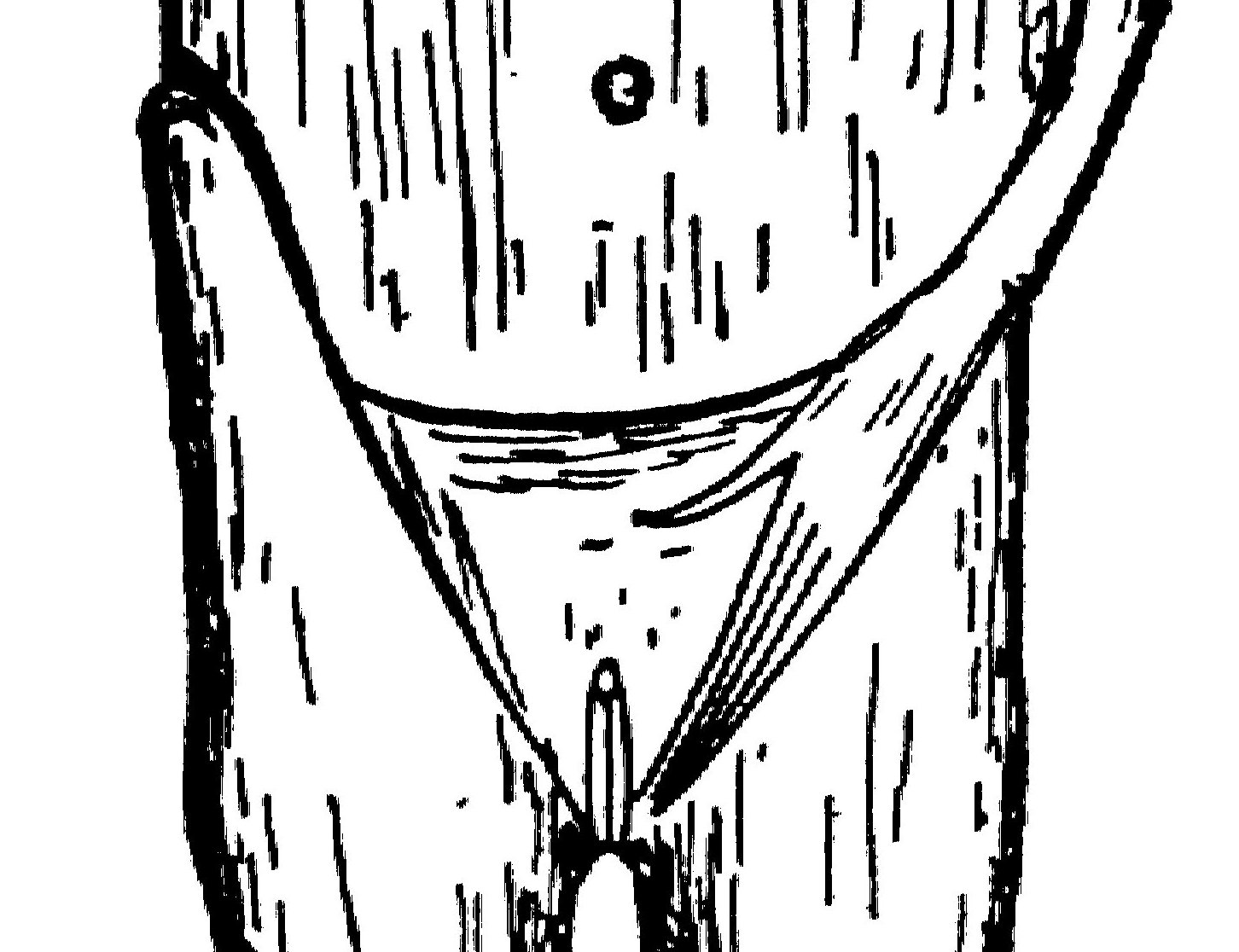|
2. Allen has 10 psi-stars but he does not mention κ: "ψ¹ to ψ¹º, 5th magnitude stars, were the Βουλίγες, or Goads, the Latin Dolones, called Stimulus by Tibullus. Bayer said of them: decem stellulae flagellum consituentes. As figured by Dürer they are the several lashes of the whip in the Charioteer's hands." The number of ψ stars should rather be 10 than the 8 on the modern star map, I think: "During the Ancient Roman festival of Lupercalia young men ran through the streets with thongs cut from the hide of goats which had just been sacrificed, and women who wished to conceive put themselves in their way to receive blows, apparently mostly on the hands." (Wikipedia) There are 10 fingers and once there evidently were 10 solar months: ... Whare-patari, who is credited with introducing the year of twelve months into New Zealand, had a staff with twelve notches on it. He went on a visit to some people called Rua-roa (Long pit) who were famous round about for their extensive knowledge. They inquired of Whare how many months the year had according to his reckoning. He showed them the staff with its twelve notches, one for each month. They replied: 'We are in error since we have but ten months. Are we wrong in lifting our crop of kumara (sweet potato) in the eighth month?' Whare-patari answered: 'You are wrong. Leave them until the tenth month. Know you not that there are two odd feathers in a bird's tail? Likewise there are two odd months in the year ... Fingers are male while the palms of the hands are female. In an Old Greek alphabet ψ was letter number 23 (and κ number 11) we can see on this vessel, where the basic outline of ψ has been drawn with straight lines:
I think the idea was to depict a vulva. In my preliminary glyph type dictionary I have argued for GD14 (= henua ora) to be a picture of an upside down vulva:
By comparing henua ora with the early form of Ψ (as seen on the vessel above) and then changing the design to a more soft version it seems possible that I was wrong - it could be a vulva in its correct orientation - formed like a receiving cup. The upside down henua ora on the moai paapaa above should indicate infertility (drawn not as a 'cup' but as a 'cap' - with no light allowed to enter). The Sign on the moai paapaa of slender fingers stretching towards the vulva agrees with the idea of the 'fingers' of a whip as an instrument for fertility. Instead of 10 (as the number of months in a solar year) they could reasonably also be 4 (as the number of quarters in a solar year). And the very slender fingers are like the 'fingers' of a whip. The stinging sensation caused by a blow of the whip is similar to that when being burned by the flames of a fire - the flames are like the 'fingers' of the fire.
|


